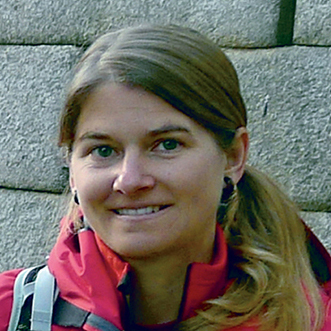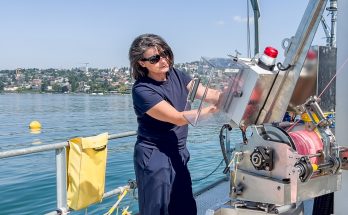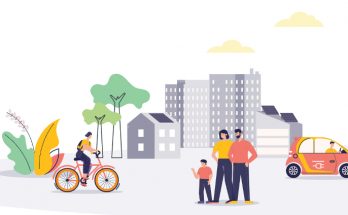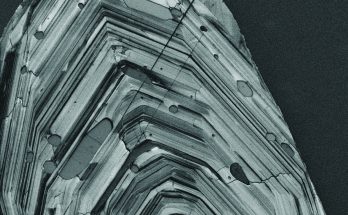Cette publication est également disponible en :
![]() Français
Français
The FGSE is pleased to welcome since April 2020 Virginia Ruiz-Villanueva, recipient of an Eccellenza scholarship. She will be interested in the dynamics of rivers and the particularly little-known role of the woods carried there.
What is the main motivation of your Eccellenza project?
In order to preserve and restore healthy and dynamic rivers, while mitigating potential flood risks, I want to better understand the feedbacks between flow-sediment-wood. As a geomorphologist, I am indeed interested in the physical processes that shape the Earth’s surface and interplay with us, humans. And as a river geomorphologist, I focus on the processes that control the shape and function of rivers.
The importance for rivers of downed trees, trunks, branches and rootwads laying on the river – the so-called instream large wood – is still overlooked. Classically, the physical conceptualisation of rivers focuses mostly on the interactions between water and sediment. However, by interacting with the flow and sediments, the instream wood sustains the physical and ecological integrity of the river, in other words: its health. On the other hand, large quantities of wood transported during floods can constitute a danger. The accumulation of wood in infrastructure such as bridges, among others, might be a major risk. The health of a river thus depends on the flow, sedimentation and wood regimes. I am particularly concerned to assess the latter, which is rarely recognised.
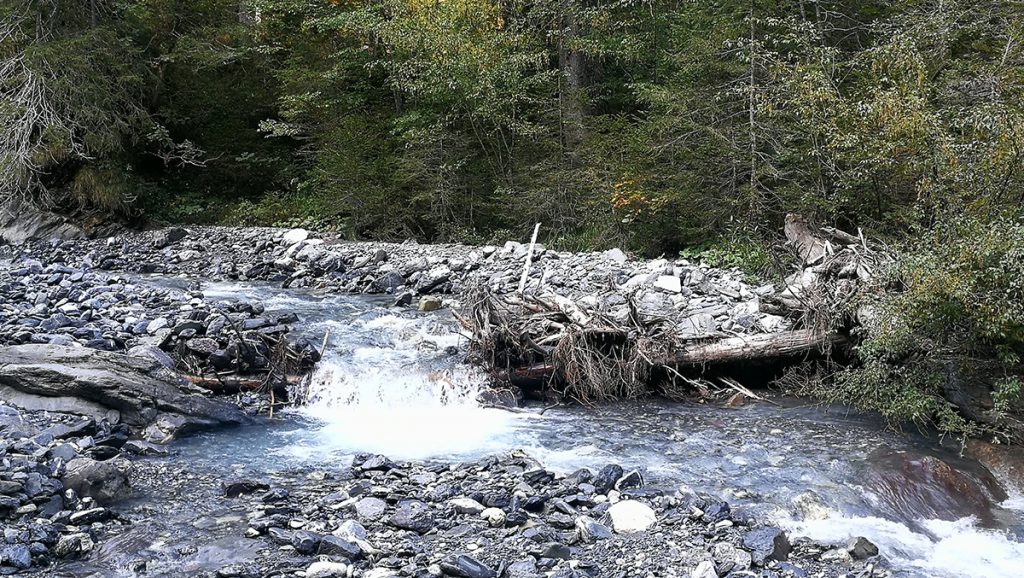
What questions you will tackle for next years at the FGSE?
My SNSF Eccellenza Project “Towards a new understanding of fluvial ecosystems: integrating wood regime across multiple scales” focuses on integrating the instream wood regime across multiple disciplines and spatial and temporal scale.
With my team, we will advance wood supply modelling by developing probabilistic models and describe for the first time the wood cascade. To infer where the stored instream wood in rivers comes from, we will combine dendrochemistry and fingerprinting techniques. The ambition is to establish the first Swiss instream wood dynamics observatory and monitor wood motion in several alpine rivers. Among others, this will allow to quantify how much and for how long wood is stored in alpine rivers, and the links between the neighbour forest and the characteristics of the stored instream wood. We will ultimately develop guidelines on the use of natural instream wood for river restoration.
Why have you chosen the FGSE to carry out your project?
For understanding Earth surface processes using a multidisciplinary approach, FGSE and IDYST were the perfect fit for me and my team. With an outstanding team of earth and environmental scientists working on similar topics, but none on wood in rivers, and state-of-the-art facilities, IDYST offers us a great working environment. The project will benefit from the strong collaborative interactions among all groups, especially regarding the analysis of geomorphic processes, the use of remote sensing and Drones, the development of isotope and elemental geochemistry, and the ecology. We hope to strengthen the existing linkages between the groups, becoming an integral part of the Institute’s activities. Despite the difficulties of launching the project during a pandemic (I started in April 2020), FGSE´s welcome has been excellent, and we are already perfectly integrating within the institute.
A word about your new team?
Thanks to the SNSF Eccellenza Professorial Fellowship, I am building the River Ecosystems Research Group (RivES) at IDYST. The team will consist of three PhD students, one research assistant and one Post-doc. I believe the best way to frame and implement our project is building an interdisciplinary team, to draw on knowledge from different disciplines. Thus, the team members have a very varied background, such as forest and environmental engineering, geomorphology, geology, biology or ecology.
Informations
